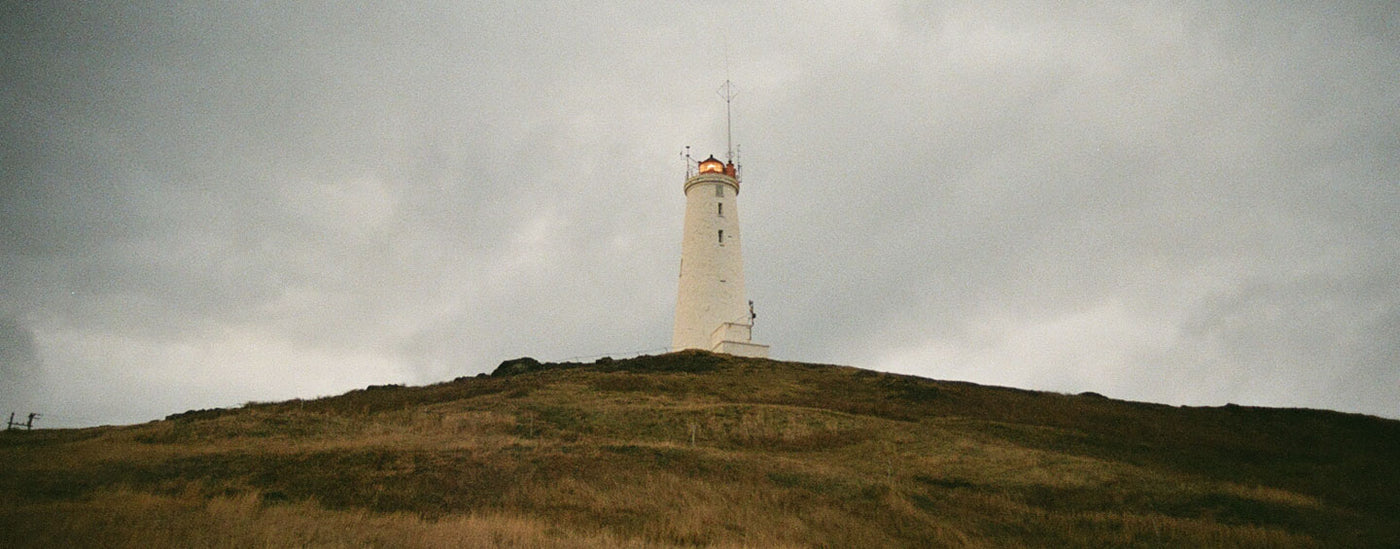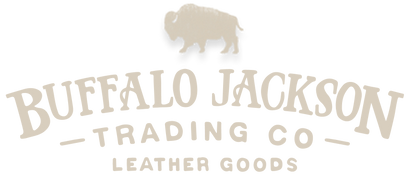Your Cart is Empty
You are $99.00 away from free shipping!
Your Cart is Empty
You are $99.00 away from free shipping!

A familiar African Proverb reads, “If you want to go quickly, go alone. If you want to go far, go together.” This sentiment is one I’ve given much thought to over the years, particularly while preparing to explore a foreign part of our world. I’ve come to realize that different journeys offer different experiences… some lend themselves to solitude, while others are best suited for companionship.
As I boarded the plane in Boston, preparing to cross the Atlantic with two paper maps and my rucksack, I contemplated how this experiential dichotomy would soon play out. My first stop would take me just a few degrees south of the Arctic Circle, to a country that has long been the subject of my daydreams. My early morning arrival in the south of Iceland would be immediately followed by a three hour road trip southeast along the country’s famed Ring Road. By design, I would be taking this leg of the trip alone. The art of solo travel is something I’ve become very familiar with in recent years, treasuring the opportunity to immerse myself in foreign cultures while opening the door to relationships forged along the way. There’s no doubt that we as humans are built for community, but there is something deep in our psyche that craves solitude; the chance to be alone and learn who we truly are on a foundational level.
I loaded up my winter-ready 4x4 and aimed myself towards the Ring Road. This 827 mile highway circumnavigates one of the world’s most beautiful countries, providing an array of natural wonders from towering waterfalls and bubbling hot springs to the dancing lights of the Aurora Borealis. Since my time in Iceland would be brief, I would not be able to see it all, but would make the most of the several days I had to explore. Solitude was easy to find, as I navigated foreign roads in the absolute darkness of the Scandinavian winter. But as day would eventually break late in the morning, community would find me. My first encounter with other travelers came at the base of the Sólheimajökull Glacier, where I had made arrangements to join a small group of climbers in the back of a decommissioned school bus. Any doubt I had about the legitimacy of this plan subsided as I came around a bend in the road to find the long yellow bus, aged and weathered by the cruel Icelandic winters, in just the place I had expected to find it. This bus, which had been repurposed as a surprisingly functional gear shed, would be the starting point of a day-long hike atop the subglacial volcano that would lead to an incomparable environment for ice climbing. Alongside Erich, our Swedish climbing guide, I joined a young Canadian soldier on leave from his post in Latvia as well as a retiree from the States, looking to cross another adventure off of his list. Erich was quick to tell us about the ominous nature of the volcano below our feet, indicating its propensity to erupt every 40 to 60 years. The concern shared by the locals was rooted in the fact that its last documented eruption was in 1918, nearly a century ago. We carefully traversed the ash-covered ice, ultimately finding ourselves at the base of towering walls of glass. It was easy to see the contrast that nature provided, giving Iceland its reputation as the Land of Fire and Ice. Volcanic ash gave way to a seemingly endless frozen landscape, as the glacier’s crevasses peered deep into the empty white. Once the ropes were set, we secured our crampons and ice tools. Placing each hand and foot ahead of the other, one fully relies on the gear and personal strength at their personal disposal. The conversation shared throughout the hike was replaced by a sense of peace as I found myself high upon Sólheimajökull’s edge, taking in the serenity of an experience I had long anticipated.
I found solitude in the pursuit of Iceland’s natural wonders, and community with the locals and travelers in its southernmost cities and towns. My encounters would lead me from the recognizable street corners of Reykjavik to a remote lighthouse along the black sand beaches of the Reykjanes Peninsula. As I fortuitously gazed upon the lights of the Aurora Borealis that last night, I considered just how much I had experienced in such a brief period of time. My stopover left much to be wanting from the country I’ve thought so often about, but the remainder of the journey would be spent nearly a thousand miles south, where I was to meet two long-time friends for our road trip through the Irish countryside.
The difference between solo and companion travel was felt on nearly every level, most immediately through the addition of a co-pilot. My roommate John would now be in the passenger seat for our eight-day journey around two countries, and his interpretation of the map would determine our intended or unintended paths. Fortunately, I knew his geographic knowledge was second to none. Our friendship dated back to our middle school years when we spent the lion’s share of our time together on the same soccer field, in the same classrooms, and often at the same family dinner table. This would represent a first; however, as we would now travel together 3,700 miles from home. Joined by his brother David, the three of us set our course north across Ulster’s border towards the town of Portrush, hoping to see the long-anticipated sight of the Giant’s Causeway. Gaelic folklore holds that the Causeway was built by the Irish giant Finn MacCool, in an effort to face off against the giant residing on the Scottish side of the North Channel. We arrived to find nearly 40,000 hexagonal columns piercing out of the striking green coast, in a formation none of us had ever seen before. This spot on our map had taken us as far north as land would allow, with nearly the whole island left to be explored. Upon discovering the Causeway Coastal Route, we opted for the long way down the shoreline towards Belfast, where a good a college friend would be accommodating us for the night. The following day would be our longest stretch on the road, traversing the countryside almost 200 miles from one coast to the other. Our anticipation was for what awaited us there in Galway; a night spent in a 600 year old castle. The structure boasted all the features one would imagine a fortress from the 1400’s to possess, and Peter, the castle’s sole proprietor and restorer, was eager to showcase them all. We soaked in all the authenticity the castle and countryside had to offer, acknowledging the vast differences between the foreign land before us and the familiar home we all knew. The days following would take us through a series of Ireland’s most recognized destinations including the Cliffs of Moher, Conor Pass, Dingle Peninsula, Blarney Castle, and the bustling metropolis of Dublin.
On our last night, I broke away for one final moment of solitude; a walk through Dublin's historic Trinity College. I knew I was walking along the same paths as the famed writers and poets who were synonymous with the campus like George Bernard Shaw, William Butler Yeats, and Oscar Wilde. As I took my time to appreciate the historical significance of where I stood, a familiar feeling returned...the feeling of being alone in an unfamiliar environment, free to direct my path any way I chose. This defined my experience just a week earlier in Iceland, as it had many of my solo journeys in the past. But there was a different feeling shared the next morning. As John, David, and I pulled in to Dublin Airport to conclude our journey, I took notice of the odometer. We had traveled on a vast number of Ireland’s windy backroads, dirt paths, and open highways; far beyond the distance covered on my own in Iceland. More significant were the sights we had seen, people we had met, and culture we had experienced. The feeling was one of contentment and camaraderie in an experience shared.
You can choose to go alone, or go together. You can choose to go faster, or to go further. In the end, what’s important is that you choose to go.
Orders shipped to Canada may be subject to import duties, tariffs, and taxes charged by Canadian customs. These fees are not included in our prices or shipping costs. You will be responsible for any additional charges upon delivery. Please review local customs regulations before placing your order.

